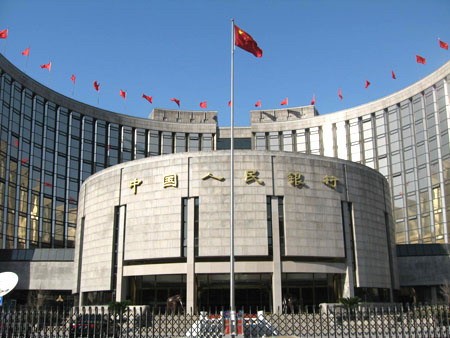
A top official of the Chinese central bank said there is a need to institutionalize a more standard system of financing for local governments.
This is necessary to channel the large need for capital in fueling urbanization. The vice governor of the People's Bank of China, Pan Gongsheng, has stated at a meeting that local governments in China have been incurring debts in a rapid rate in recent years.
These local government units have heavily relied on local government financing vehicles or LGFVs. These are companies that are set up by local government officials for the main purpose of raising funds and bypass the restriction on direct government financing programs. China's central government bans on local authorities from directly borrowing from banks.
The central government has restricted the issuing of bonds to a few regions, which include the provinces of Shanghai and Guangdong. As a result of the ban and inaccessibility of direct credit lines for local governments, the local authorities were forced to circumvent the rules. This was achieved by creating thousands of LGFVs for the sole purpose of raising local funds.
Further restrictions on loans awarded to LGFVs have also worsened the desperation of the local governments. Some resorted to shadow banking and other questionable practices. The 2010 order of China's central bank for commercial banks to strictly impose control on LGFV loans is the main reason for the current financial difficulties being experienced by local governments.
In an effort to reform the system and put an end to shadowy practices of circumventing rules, it was recommended that local governments be allowed to issue bonds directly. The central bank has suggested the new policy to bolster the financial stability of local governments. Loosening the highly centralized system of financing and standardizing it in the local levels will significantly improve cash flows.




























